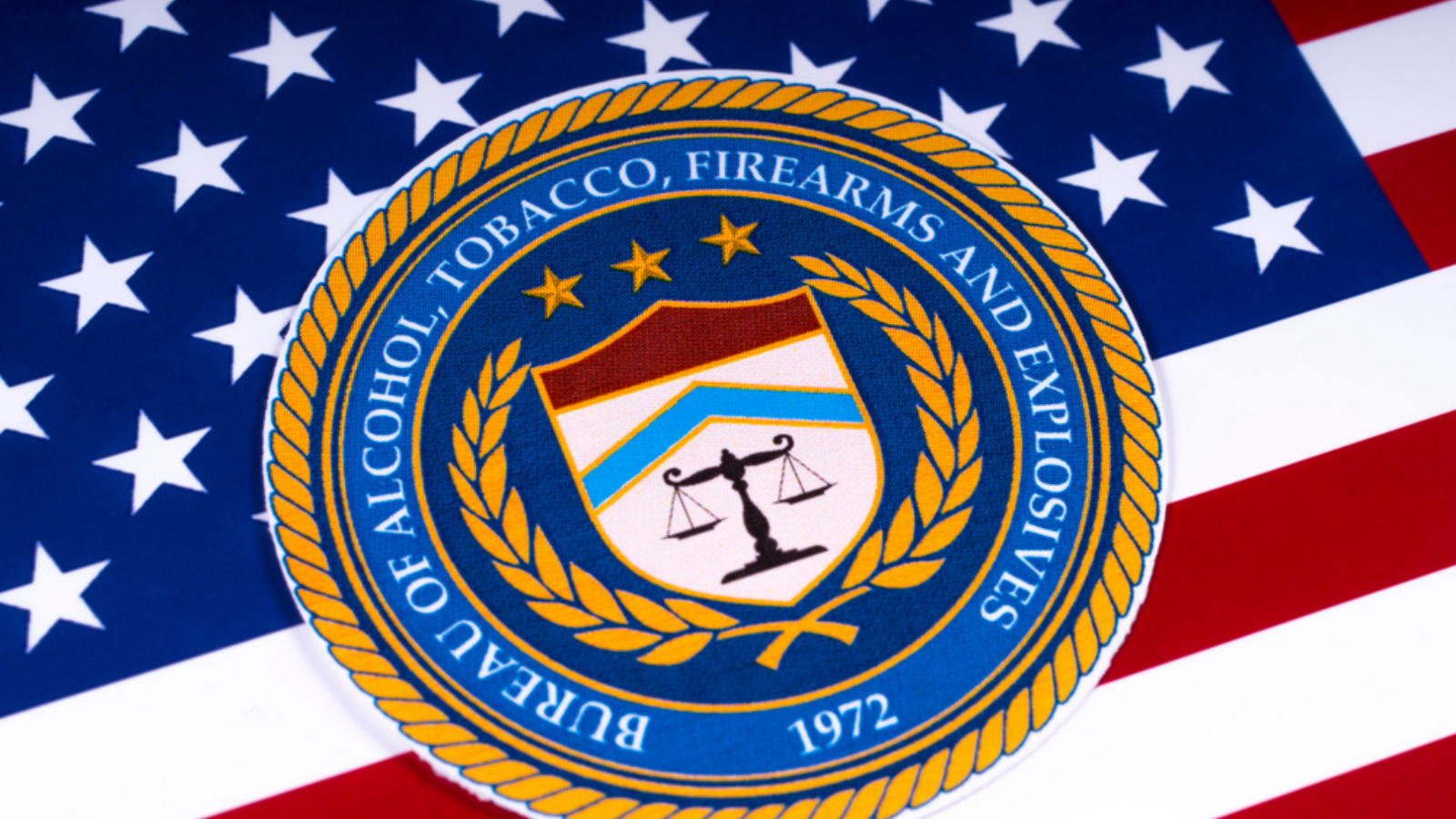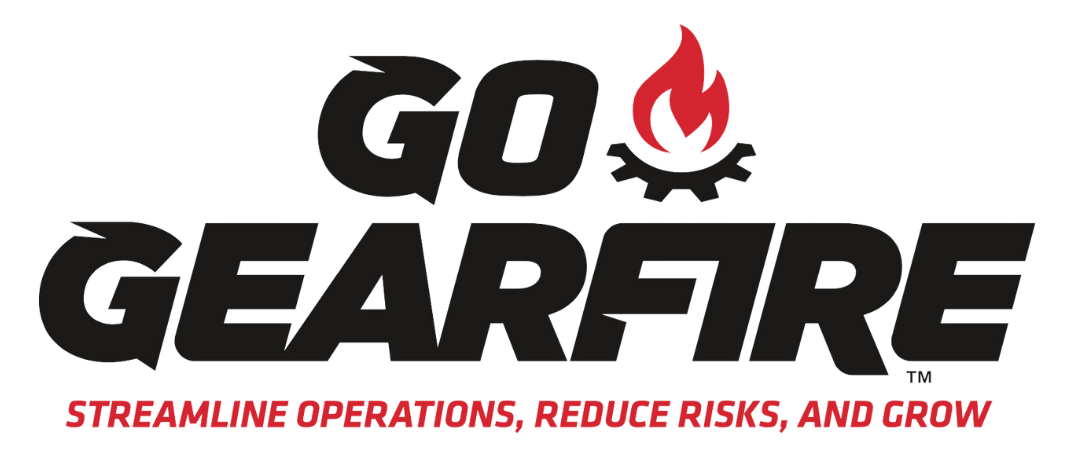
On Thursday, March 24, 2022 ATF issued an Open Letter to All FFLs regarding devices known as “Forced Reset Triggers” or simply “FRTs.” Briefly stated, the ATF’s letter claims that “some” currently marketed FRTs meet the definition of a machinegun because the devices “allow a firearm to automatically expel more than one shot with a single, continuous pull of the trigger.” (ATF Department of Justice, 2022)
Both the NFA and GCA regulate machineguns. “Machinegun” is defined under 26 U.S.C. §5845(b) and 18 U.S.C. § 921(a)(23) as—
Any weapon which shoots, is designed to shoot, or can be readily restored to shoot, automatically more than one shot, without manual reloading, by a single function of the trigger. The term shall also include the frame or receiver of any such weapon, any part designed and intended solely and exclusively, or combination of parts designed and intended, for use in converting a weapon into a machinegun, and any combination of parts from which a machinegun can be assembled if such parts are in the possession or under the control of a person.(Emphasis added.)
What this means is that a device, previously considered to be a gun part, is now not only classified as a firearm, but has been further classified as a machinegun. And, since these FRTs were manufactured after the 1986 machinegun ban (United States Congress, 2022), the devices are only able to be possessed by military and law enforcement organizations via proper purchase and transfer protocols per the National Firearms Act (NFA).
Additionally, by determining “some” FRTs are legally “machineguns” this means those found in violation of the National Firearms Act (NFA) are also subject to punishment:
Under 26 U.S.C. § 5871, any person who violates or fails to comply with the provisions of the NFA may be fined up to $10,000 per violation and is subject to imprisonment for a term of up to ten years. Further, pursuant to 26 U.S.C. §5872, any machinegun possessed or transferred in violation of the NFA is subject to seizure and forfeiture. Under 18 U.S.C. § 924(a)(2), any person who violates § 922(o) may be sent to prison for up to 10 years and fined up to $250,000 per person or $500,000 per organization. (ATF Department of Justice, 2022)
Yup. You read that correctly – if you possess one of the FRTs defined as a machinegun, you could face up to ten years in jail and fines of up to $250,000 as an individual or $500,000 per business/organization.
You may be asking yourself, how on earth did this happen? Well, with Former President Trump’s memorandum (Trump, 2018) instructing the Attorney General to “to dedicate all available resources to… propose for notice and comment a rule banning all devices that turn legal weapons into machineguns”, the Bump-Stock-Type Devices Final Rule (ATF Department of Justice, 2018) changed the legal definition of “machinegun” to include “…combination of parts designed and intended, for use in converting a weapon into a machinegun, and any combination of parts from which a machinegun can be assembled if such parts are in the possession or under the control of a person.” Therefore, modifying devices themselves are now considered “machineguns”and here we are.
ATF goes further to state in their letter, “ATF intends to take appropriate remedial action with respect to sellers and possessors of these devices. Current possessors of these devices are encouraged to contact ATF for further guidance on how they may divest possession.” (ATF Department of Justice, 2022)
At this point, ATF has made it plainly clear anyone possessing OR selling these FRTs will be subject to prosecution to the fullest extent of the law – and they’re actively working this as an initiative. Keep in mind, depending upon how manufacturers and/or sellers of these devices work through the legal process, it is considerably likely any sales and/or transfer records for these devices will be taken as evidence by ATF – ATF will know exactly where to come knocking to ask about these machineguns and engage in legal proceedings.
Whether you agree or disagree with the 2019 implemented definition of machinegun, allow me to point out the obvious: it is taking a great deal of time to vet the “new” definition of machinegun and any associated actions (civil or criminal) to make their way through the courts system – and there’s certainly no guarantee anything will change. Ten years in jail and a quarter million to a half million dollars in fines are significant consequences – and ATF will likely have a list of the people and organizations that transacted these items.
ATF stated in the Open Letter that, “Current possessors of these devices are encouraged to contact ATF for further guidance on how they may divest possession.” It has been my experience this means ATF will, for a short period and in many circumstances, allow the surrender/abandonment of FRTs meeting the definition of machinegun without prosecution.
So What Now?
If you’re and individual that possesses one of the FRTs defined as machineguns, you may contact your local ATF Field Office and get the ball rolling to “divest possession” of the devices. They won’t be giving you any reimbursement for the device – but likely the amount you paid for the FRT is far below the legal fees you’d encounter should you maintain possession of the item without moving forward with registration (only military and law enforcement may possess machineguns – as organizations and with proper transfer protocols; an individual will not be able to register FRT devices manufactured after 1986).
If you’re a business in possession of the FRTs defined as machineguns, I encourage you to NOT attempt to transfer the items back to whomever you purchased the devices in hopes of getting a refund. There are significant criminal consequences for transferring NFA items without using the correct protocols. Yes – contact your vendor and see if you can work some type of reimbursement – but go through the ATF to surrender/abandon the devices.
The surrender/abandonment process is generally pretty painless – ATF has to do a great deal of paperwork, but the individual surrendering/abandoning the firearm(s) is typically asked a few questions, provides information regarding how s/he came to possess the item(s) and signs a few documents. Be honest and transparent – this is a law enforcement agency – and be succinct.
ATF firmly believes machineguns – in all forms/fashions/modifications – were banned in 1986. Period. It doesn’t matter how/what is used to cause a firearm to fire continuously without an intentional, additional trigger pull; if the firearm expels more than one projectile without an intentional, additional trigger pull, the firearm is a machinegun and subject to all associated regulations. We can expect more ATF actions to enforce this ban.
Works Cited
ATF Department of Justice. (2018, 12 26). Vol 83 No246 / Wednesday, December 26, 2018 / Rules and Regulations. Retrieved from Federal Register: Link>>
ATF Department of Justice. (2022, 03 24). Open Letter to All FederalFirearms Licensees – Forced Reset Triggers. Retrieved from ATF: Link >>
Trump, P. D. (2018, 02 20). Presidential Documents. Retrieved from Federal Register: Link >>
United States Congress. (2022, 03 25). S.49 – Firearms Owners’ Protection Act. Retrieved from Congress: Link >>
For Latest News & Update
Want Receive the Best Gearfire Insights? Subscribe Now!
We can help you to create your dream platform for better business revenue.
